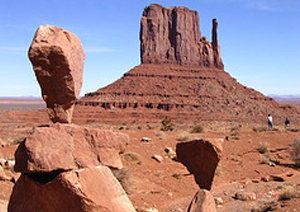In a post on reviewing academic articles, I was really struck by the way academics deal with surprises. Yes, I regularly check (some) references. If the author of a (history) paper I am refereeing makes a surprising claim – e.g., something that if true I might reasonably be expected to have encountered before, not just something I know FA about – I almost instinctively check to see what his/her source is, and if it’s something I have readily to hand, may actually go to the text to see if it supports what the author concluded. Usually it does, and I’ve …
The Next Starbucks is an article in Architect Magazine that has several architects envision the coffee shp of the future. There are some interesting designs here, but my favourite has to be the last one, in which the designers think first about the social nature of the coffee shop and come up with some old patterns for community use: Merging the concept of the flexible, shared workspace with that of communal dining creates a new “third place,” a community kitchen. Anchored by a 60-foot-long wooden harvest table, a kit of parts serving different functions can be freely arranged wherever the …

One of the practices I have cultivated for many years is the art of rock balancing. I was initially inspired in this by watching rock balancing artists along the waterfront in Vancouver in the mid nineties. I was amazed at the serene beauty of large rocks balanced at improbable angles. When I began trying this for myself, I discovered that the practice is deeply reflective and highly instructive. It is a calming meditation, inviting rocks to find a balance with one another, and it is a lovely metaphor for the leadership qualities of facilitating and holding space. Often, as part …
Robert Paterson in an article about the future of public radio and the use of technology: In my 2 years of work with stations it is now clear to me that technology is not the barrier to the New Media Reality that we have to reach. There are a number of barriers – none of which are mentioned in the release. A very high barrier is cultural – a 2.0 world cannot be trained for – it has to be lived. There has to be enough people on staff who are digital natives. It is people that will make the …

